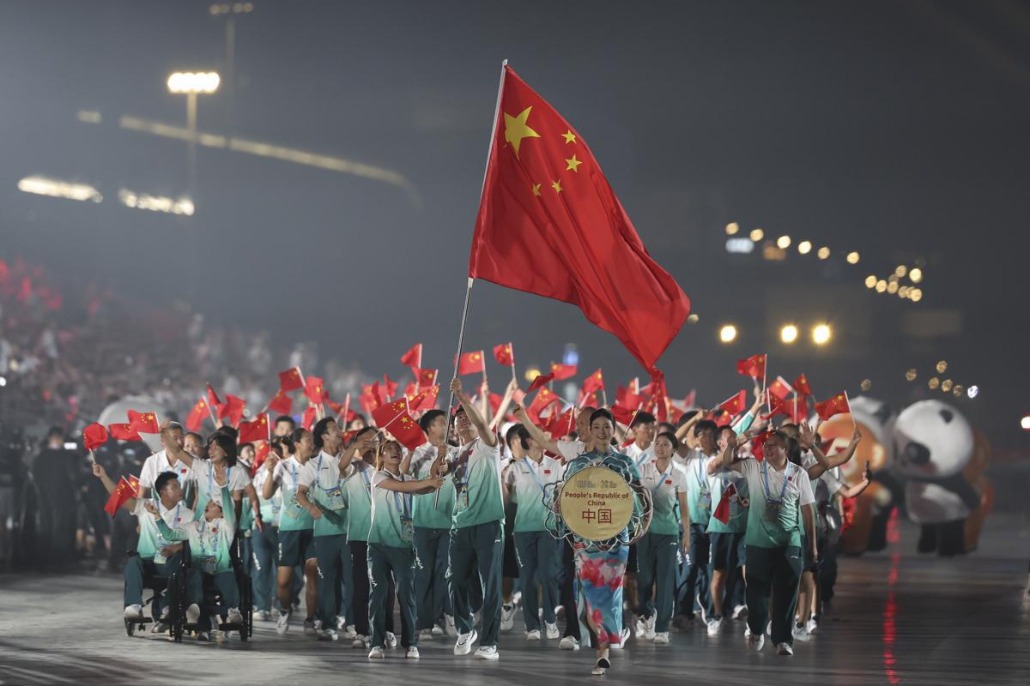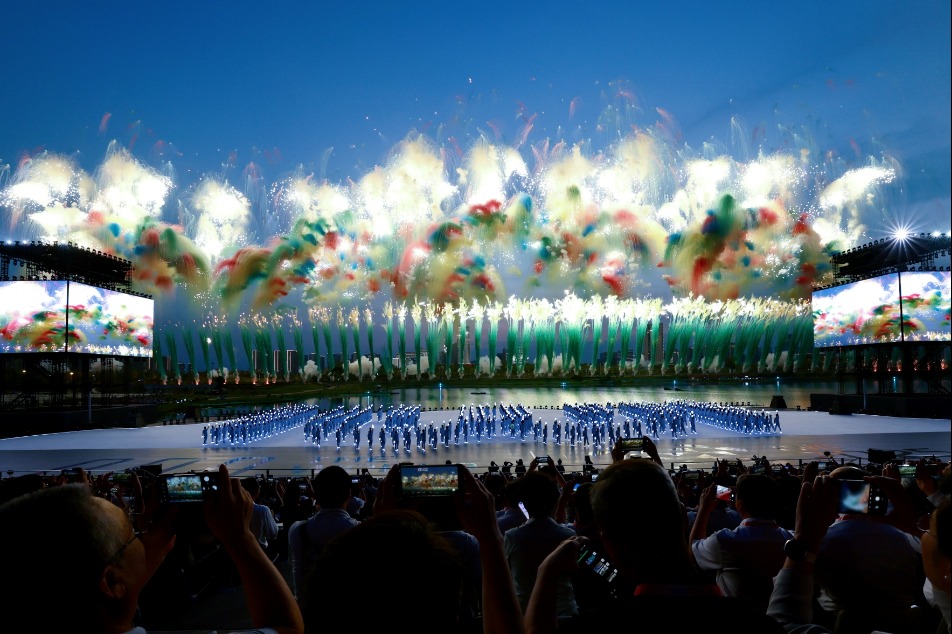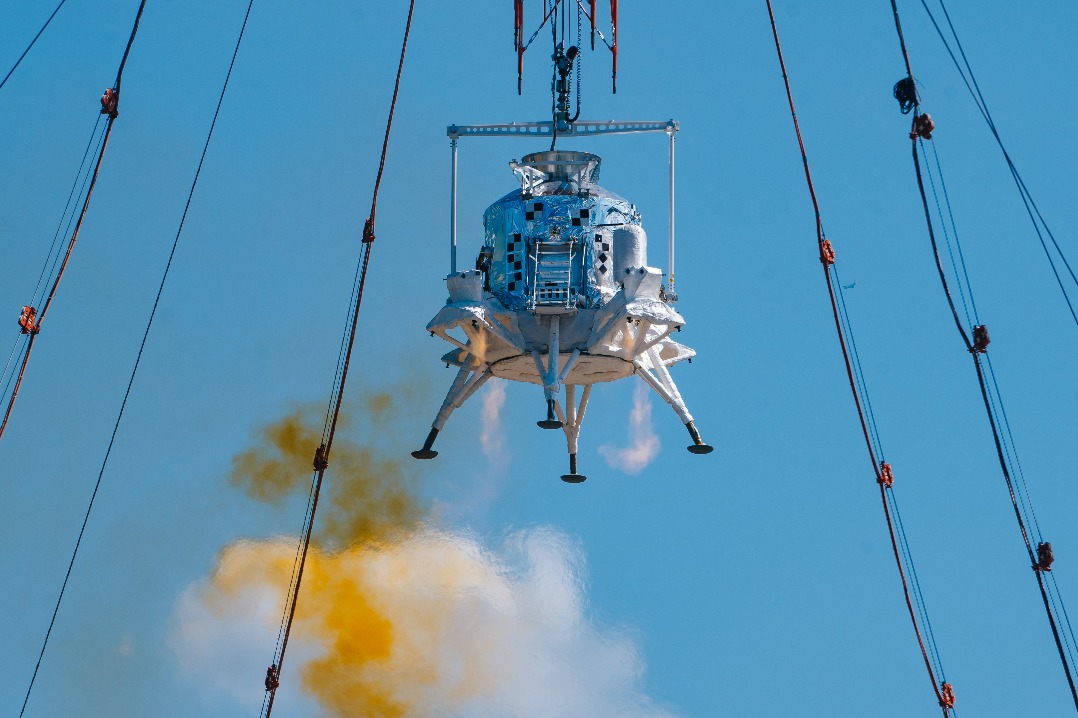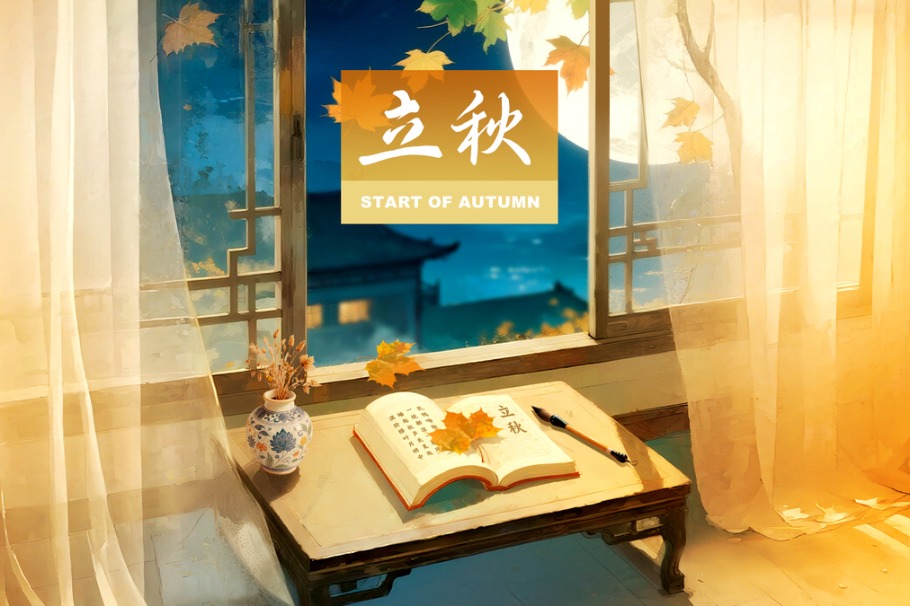Sun and surf beckon, but forget the fags

In Australia's biggest city, the Chinese make their presence felt
You will find them in Britain, you will find them on the continent, and of course you will find them on the other side of the planet. Chinatowns are almost an obligatory adornment to any big city worth its salt, and Australia's biggest cities are no exception. In Sydney, after tourists are done with the Opera House and the city's most famous beach, Bondi, they almost invariably find their way to Chinatown, just off the city center.
It bustles with visitors and signs for Chinese dentists and tearooms. However, predictably, while you will find almost entirely Chinese-run shops, they peddle souvenirs rather than culture. Lydia sits in the heart of Chinatown working at a shop that sells Australian bits and pieces, from didgeridoos to kangaroo-testicle bottle openers, spouting Putonghua to Chinese customers as they browse the knickknacks.
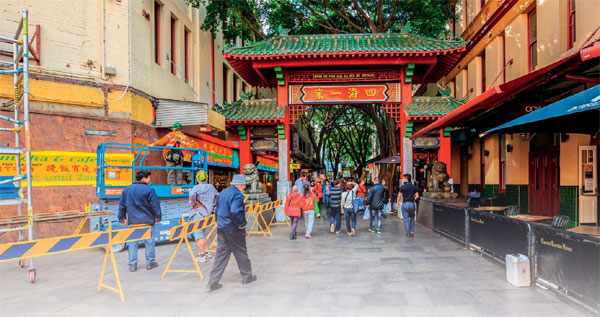
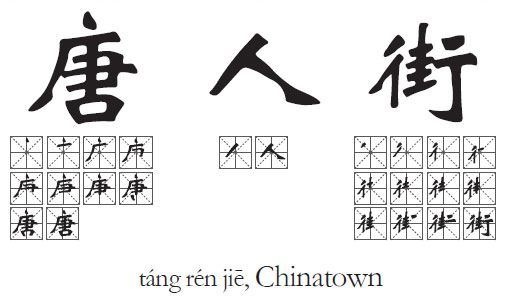
"My family came here 35 years ago from Taiwan," she says.
"Yes, I speak putonghua; It's for the customers."
As with every Chinatown, it is more about capitalism than culture. You are likely to hear Mandarin being shouted at Thai restaurants where, rather than the yellow stars proper to the Chinese flag, you will see sun-washed portraits of King Rama IX and Queen Sirikit. Diners either do not care or do not know: good food is good food. But, the history of the Chinese in Sydney is more than restaurants and Chinese signs. Indeed, Chinese immigrants have been an indelible part of the city's history since even before the convict era ended.
The city's first documented Chinese settler was Mak Sai Ying, who arrived in 1818 and then proceeded to perform one of the most noble professions, that of publican, in the then quiet area of Parramatta, about 35 kilometers from Sydney. His descendants are still Australians today.
Labor was needed when the convict system ended in 1840, a gap that was filled by Chinese immigrants aboard the Nimrod, which docked at Millers Point, near the present-day CBD, in 1848, when 121 Chinese passengers disembarked. By 1852 more than 1,500 had arrived, and when the gold rush came, many abandoned farms as indentured laborers in favor of prospecting.
As the history of any immigrant population goes, soon followed racism and xenophobia. Restrictions in 1861, 1881 and 1888 all tried to stem the tide of the "Chinese deluge", but to no avail. Anti-Chinese sentiment was fueled by disease when leprosy and smallpox sufferers would turn up due to the relatively short trip from China. Such immigrants were blamed for opium addiction, robbery, racketeering, smallpox and cheap labor.
Today you can still see much of the damning and shaming in a few corners of Australia, but the opium and smallpox fear-mongering has been traded for complaints about housing prices. The main gripe seems to be that cashed-up Chinese are not only snapping up the best properties but in the process driving up prices, too, making if more difficult for locals to be able to afford a first home.
However, all the Chinese buying properties in Sydney are by no means fly-in, fly-out interlopers with an eye on the main chance. The sleepy suburb of Hurstville, south of Sydney, is made up of 39 percent Chinese-born immigrants, with more than half claiming Chinese ancestry, the Australian Bureau of Statistics says. The Sydney Morning Herald has called it "the real Chinatown".
Hurstville is the only place in Sydney where people of Chinese ancestry outnumber groups of other ethnic origin, although places such as Rhodes, also in the south, and Burwood and Allawah, in the west, are close.
People of Chinese ancestry, according to the most recent census, taken in 2011, accounted for 7.9 percent of the population of Sydney, a figure that is probably higher today, and Chinese-born immigrants make up a total of 4 percent. Nationwide, the bureau said, Mandarin was the most common language other than English spoken at home, the number of Mandarin speakers increasing from less than 200,000 in 2001 to 336,000 in 2011.
If one were looking for a cultural area where China differs from Australia, there is perhaps no better place to look than smoking. A pack of cigarettes in Beijing will cost you as little as 5 yuan ($0.78; 0.71 euros), while the same pack in Sydney costs about 100 yuan.
Smokers speak in whispers about where they can find cheaper cigarettes. "The tobacconist in Chinatown," seems to be one answer. It is there that you will find Scott, originally from the Chinese capital.
"Go back to Beijing? No, my family is here," Scott, in his early 20s, says, handing three packs of Marlboros to a Chinese customer. "Maybe I'll go to visit my grandmother, but my life is here, always."
Scott and his family moved to Sydney five years ago from Beijing, and like most others have integrated seamlessly into the cut and thrust of Sydney life.
Michael Huang, 40, who hails from a small town in Guangdong province, makes his living in tourism, walking around Sydney international airport soliciting respondents for surveys on holiday experiences.
"I think if you want to come to Sydney, you need to know what kind of lifestyle you want," he says.
"If you want the city life, Chinese cities are better; shops are open later and you have more entertainment. But in Sydney it's more relaxed, more natural."
Chinese migrants and citizens are living very much the same as they always have, the open Australian economy acting as a new frontier for hopeful investors, workers and students. Many Chinese immigrants to Sydney keep their culture and customs, but the story of the Chinese in Sydney is the same as immigrants everywhere: People seeking a new place to live and finding one.
Courtesy of The World of Chinese, www.theworldofchinese.com
The World of Chinese
(China Daily Africa Weekly 10/30/2015 page27)
Today's Top News
- A Quixotic quest to reindustrialize US
- Major test brings lunar mission closer to reality
- China likely to continue buying gold
- World Games dazzle spectators in Chengdu
- Choirs send message of amity at games' opening
- Foreign trade stays on stable growth track

















